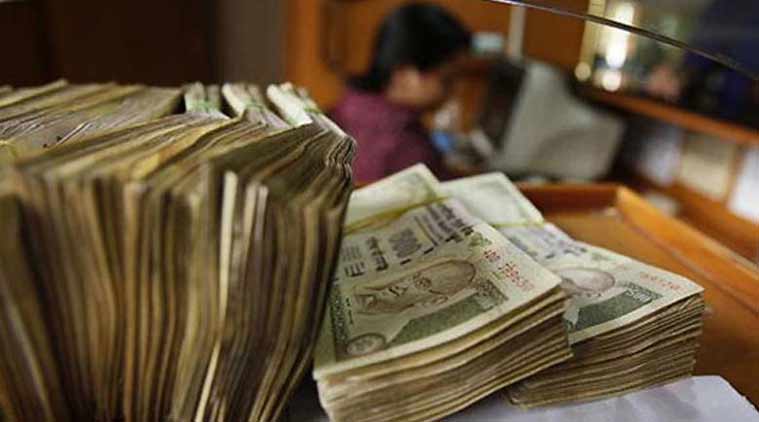AMID serious concerns over bad debts across corporate and SME (small and medium enterprises) segments, there is one bright spot for banks — the retail consumer.
The retail segment, comprising individual consumers, witnessed a reduction in gross NPA (non performing asset) rates for the country’s scheduled commercial banks over the last 18 months — from 5.3 per cent in March 2014 to 4.7 per cent in September 2015, a period when all the other segments saw their NPA levels soar, according to CIBIL (Credit Information Bureau India Ltd) data.

[related-post]
The lower NPAs has meant that there has been a 25 per cent surge in banks’ exposure to the retail segment during this period (calculated on a compounded annual growth rate basis). This dip has also played a role in counterbalancing the surge in bad loans for banks across other segments and keeping their overall NPA rate in check. The gross NPA rate for a scheduled commercial bank is defined as the gross NPA exposure divided by total exposure.
Story continues below this ad
Retail banking, also known as consumer banking, refers to the services offered by a bank to individual consumers and includes savings and transactional accounts, mortgages, personal loans, debit cards, and credit cards. The NPA trends reflected in the CIBIL data is in line with the broader NPA trends reported by Reserve Bank of India (RBI).
As per the CIBIL data, which has been submitted to the Parliamentary standing committee on finance, the dip in the retail NPAs ensured that the overall (commercial plus retail) gross NPA rate increased to 5.7 per cent in September 2015 from 5 per cent in March 2014.
Officials involved in the exercise said had it not been for retail consumers, the increase in the gross NPA rate would have been higher.
The biggest surge in NPA rates has been contributed by mid-sized corporate (9.7 per cent in September 2015 from 6.4 per cent in March 2014) and the SME segment (9.9 per cent in September 2015 as against 7.2 per cent in March 2014). Self Help Groups, which contributed just 0.4 per cent of aggregate credit exposure as of September 2015, have also seen a deterioration in NPA rate (6.6 per cent in September 2015 from 5.4 per cent in March 2014).
Story continues below this ad
The gross NPA rate of large corporates, which accounted for 27.4 per cent of overall exposure of banks (as of September 30, 2015), has shown a marginal uptick (2.9 per cent in September 2015 against 2.4 per cent in March 2014).
“The capabilities required to contain bad debt in retail are substantially different from commercial credit. The number of accounts in the retail segment is large, the amounts are small, and rapid action is very critical and action steps have to be industrialised,” according to a report by the Boston Consulting Group (BCG) and FICCI.
The RBI’s Financial Stability Report published in June noted that gross NPAs in the system had risen from 3.4 per cent in March 2013 to 4.6 per cent in March 2015. Overall stressed advances were 11.1 per cent of the total this March, from 9.2 per cent in March 2013.
However, what’s still worrying is that the percentage recovered against the write-off done by PSBs has declined from 24.5 per cent in 2012-13 to 20.59 per cent during 2013-14 and further to 15.23 per cent during 2014-15.
Story continues below this ad
Last November, rating agency ICRA had lowered its projection of gross non-performing assets (NPAs) for 2015-16 in the banking system and said banks could be masking the stress on their balance sheets by restructuring long-term loans as allowed by the RBI.
The scheme in question, popularly known as ‘5/25’, allows banks to spread a project’s repayment obligation to a longer period, matching the cash flow of the project, resetting the refinancing scheme every five or seven years.
ICRA estimates roughly Rs 35,000 crore of loans have been restructured under the scheme. Many such projects would have otherwise shown up as NPAs.

 Officials involved in the exercise said had it not been for retail consumers, the increase in the gross NPA rate would have been higher.
Officials involved in the exercise said had it not been for retail consumers, the increase in the gross NPA rate would have been higher.






























